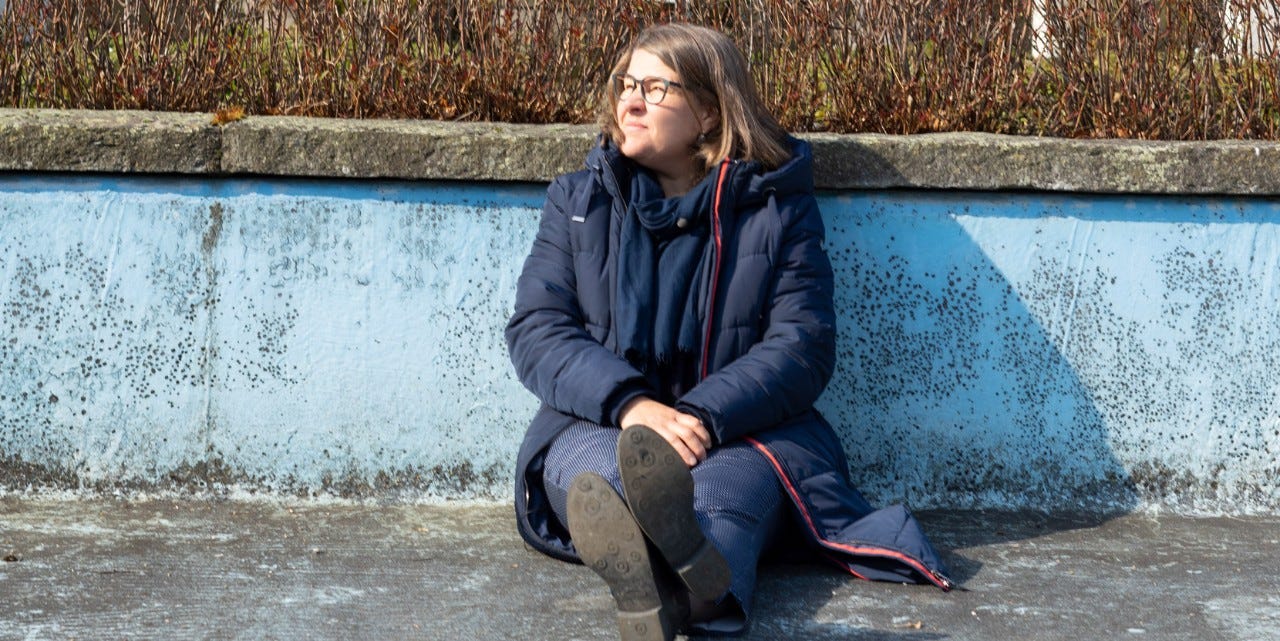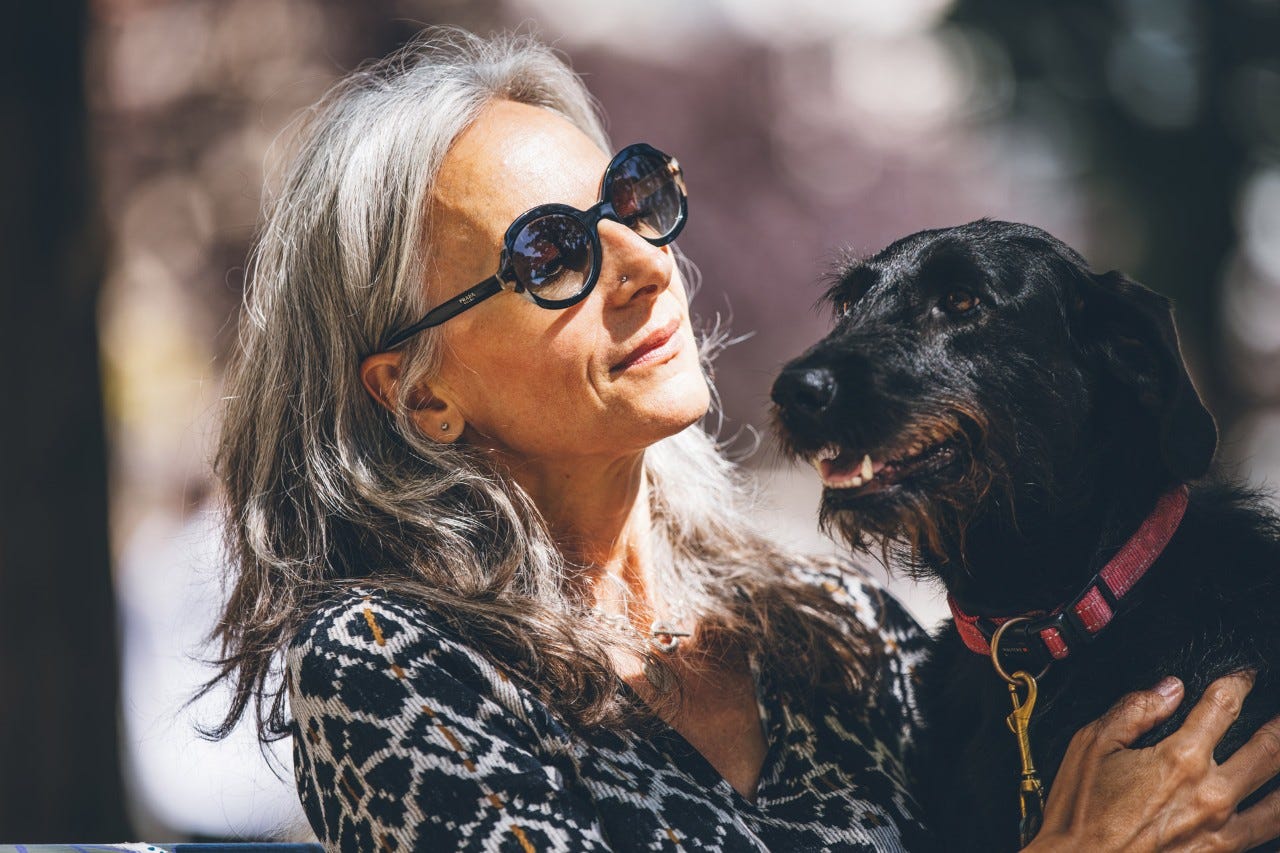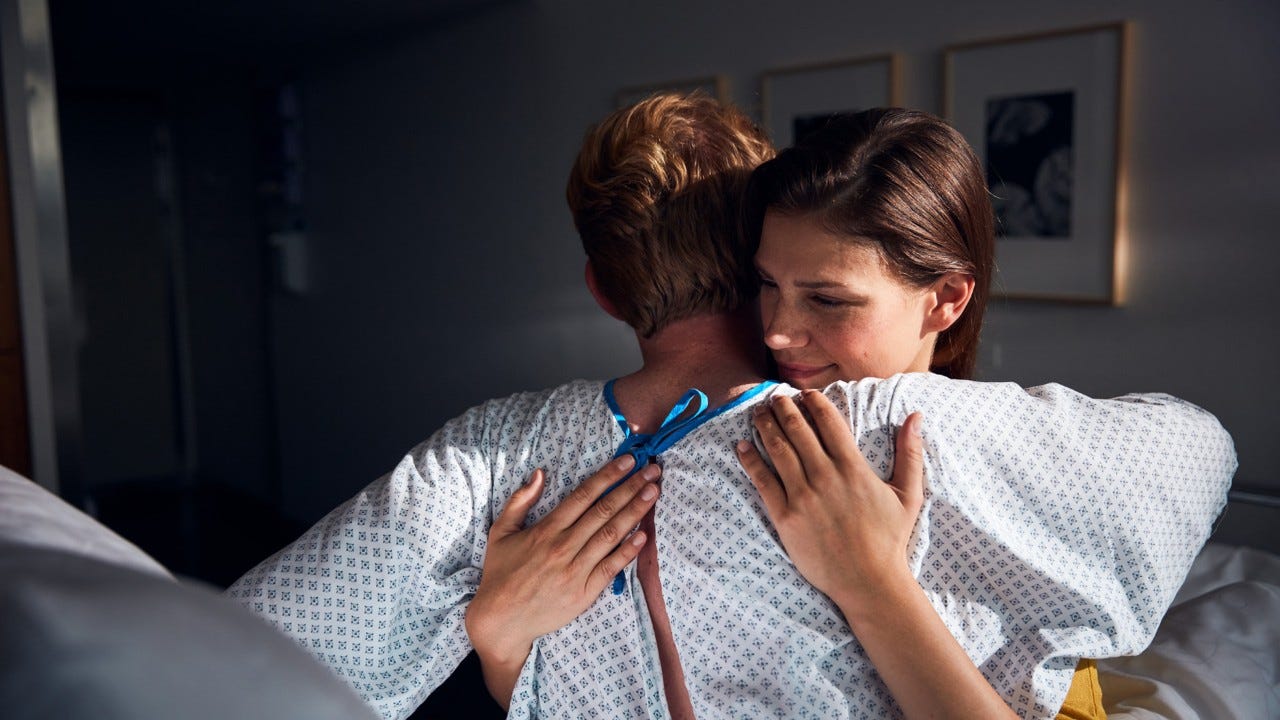From doula to funeral director
Switzerland currently has around 600 funeral homes, one of which is owned by Kathrin Röösli. She has made it her mission to breathe some light into death.

When I met Kathrin Röösli for the interview in her funeral home, she was just saying goodbye to a young woman. Röösli explains that, even after the funeral, some relatives like to come back and talk to her over a cup of coffee. Talking to her gives them the feeling that they are still somehow connected with the deceased. “That’s also part of the service and how I support those left behind,” she says.
Kathrin Röösli certainly doesn’t look like a typical funeral director. When we meet, she’s wearing jeans and a blue blouse that shows the tattoos on her forearms. “From the start, I knew that I wanted the company and our dress code to be bright, with the aim of making death, wherever possible, a little lighter,” explains Röösli.
This also includes the colour of her hearse. Instead of going with traditional black, Kathrin Röösli drives a white car to lay the deceased to rest. This goes down well with the relatives. “Bereaved families often react very positively when they see me and my employees. Perhaps our appearance helps to bring a bit of normality to a difficult situation. And they realise that death, like birth, is just a part of life.”
The mission of the non-profit association Pallifon, founded in 2014, is to increase the self-determination and quality of life of palliative care patients. By calling 0844 148 148, Pallifon supports those affected and their relatives as well as carers and GPs when acute support is needed - free of charge and around the clock.
Respecting the wishes of the deceased
You don’t get a second chance to give your loved-ones a good send off, which is why Kathrin Röösli believes it is essential to devote as much love to the proceedings as possible. It may be something as simple as playing the deceased’s favourite song or wearing bright socks to put a smile on the face of loved ones despite the sadness of the occasion. This kind of funeral ritual also often helps bring grieving relatives closer together.
“My main role as funeral director is to ensure that those left behind feel that they are in safe hands. I guide them through the whole process. It’s important to respect the wishes of the deceased and the relatives, to give them time to say goodbye and to support them through the process – however long it takes.”


